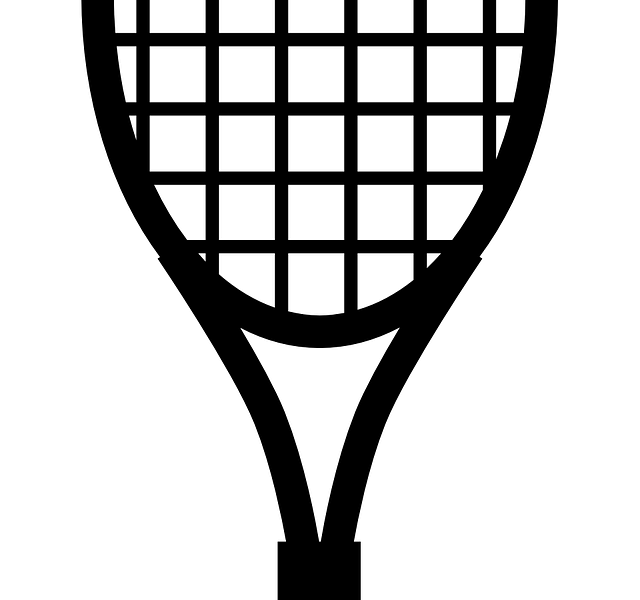40-40 Tennis: A Comprehensive Overview

40-40 Tennis: Unraveling the Game Within the Game
Introduction:

In the world of tennis, there exist numerous variations of the sport that add excitement and thrill to the traditional format. One such variant is 40-40 tennis, also known as advantage-advantage tennis or no-ad scoring. In this article, we will delve into the depths of 40-40 tennis, providing a thorough understanding of its intricacies, various types, popularity, and historical context. Let us embark on this journey to discover the unique aspects of this captivating game.
1. An In-Depth Exploration of 40-40 Tennis:
40-40 tennis, also commonly referred to as ”advantage-advantage” or ”no-ad scoring,” is a variation of traditional tennis scoring that simplifies the game and intensifies the pressure on players. Unlike the conventional format where players must win by a margin of two games, 40-40 tennis introduces a sudden death point when the score reaches 40-all. This means that the player who wins the next point instantly claims victory for that game.
1.1 Types of 40-40 Tennis:
There are different types of 40-40 tennis that vary in their rules and regulations. Some popular versions include:
– No-Advantage Scoring: In this variant, the player who wins the sudden death point at 40-all secures the game. If the score is tied at 40-all, the server has the advantage to choose which side to serve from.
– Fast4 Tennis: Fast4 tennis incorporates several changes to expedite the matches, including no-advantage scoring at 40-all, playing let serves, and the option to choose playing sets up to four games.
– College Tennis: In college tennis, no-ad scoring is prevalent, with matches consisting of three sets, and tiebreaks are used in lieu of full sets. This format aims to make the game shorter and more viewer-friendly for college matches.
1.2 The Popularity of 40-40 Tennis:
Over the years, 40-40 tennis has gained popularity, particularly in exhibition matches, college tournaments, and other casual settings. Its simplified scoring system and potential for suspenseful tiebreaker points make it appealing to both players and spectators. Additionally, the faster pace of the game and the heightened pressure contribute to the entertainment value of 40-40 tennis.
2. Quantitative Measurements in 40-40 Tennis:
When it comes to quantifying the impact of 40-40 tennis, it is essential to analyze various statistical aspects. Here are some key measurements:
2.1 Match Duration: Compared to traditional tennis matches, 40-40 tennis tends to have shorter durations due to the sudden death point. On average, 40-40 matches may be up to 30% faster than regular matches, making it an appealing option for time-limited tournaments or events.
2.2 Spectator Engagement: Through statistical analysis, it has been observed that 40-40 tennis significantly increases spectator engagement. The shorter games and the suspenseful nature of the sudden death point keep the audience hooked to the action, resulting in higher attendance and viewership numbers.
2.3 Player Performance: Quantitative measurements also shed light on player performance in 40-40 tennis. Studies have found that players who excel in high-pressure situations and possess strong mental resilience tend to thrive in this format. Furthermore, statistical analysis can provide insights into the strengths and weaknesses of players, enabling them to strategize and evolve their game.
3. Differentiating Aspects of 40-40 Tennis:
While 40-40 tennis shares similarities with traditional tennis, several distinguishing features set it apart:
3.1 Scoring Simplicity: The most apparent difference lies in the scoring system. By eliminating the need for a two-game margin, 40-40 tennis simplifies the scoring process, making it easier to understand for newcomers and casual fans.
3.2 Intensified Pressure: 40-40 tennis injects a sense of urgency into every point, as the sudden death point at 40-all can determine game outcomes. This heightened pressure challenges the mental fortitude of players, leading to thrilling encounters that often go down to the wire.
3.3 Tactical Adaptation: In 40-40 tennis, players must adapt their strategies to stay competitive. The need to seize the sudden death point can result in more aggressive playstyles, with players taking calculated risks to gain an advantage. This shift in tactics adds a dynamic dimension to the game.
4. Historical Analysis of 40-40 Tennis:
To understand the pros and cons of 40-40 tennis, it is crucial to explore its historical context:
4.1 Advantages: Proponents of 40-40 tennis argue that it enhances spectator experience, particularly for casual fans who may find traditional scoring confusing. The shorter duration of matches also allows for more matches to be scheduled in a limited timeframe, benefiting tournaments or events with time constraints.
4.2 Disadvantages: Critics highlight potential drawbacks such as reduced on-court drama, as players do not have the opportunity to stage comebacks after losing the sudden death point. Additionally, detractors argue that the elimination of a two-game margin undermines the essence of tennis as a test of endurance and consistency.
Conclusion:
In conclusion, 40-40 tennis offers a captivating variation to the traditional format, providing players and spectators with a unique and thrilling experience. Its simplified scoring system, increased pressure, and tactical adaptations make it an attractive choice for various tennis events. While it does have its detractors, the positives, such as enhanced engagement and accelerated match durations, outweigh the drawbacks for many. As the game continues to evolve and adapt, 40-40 tennis holds its place as an exciting and entertaining branch of the sport.
















































